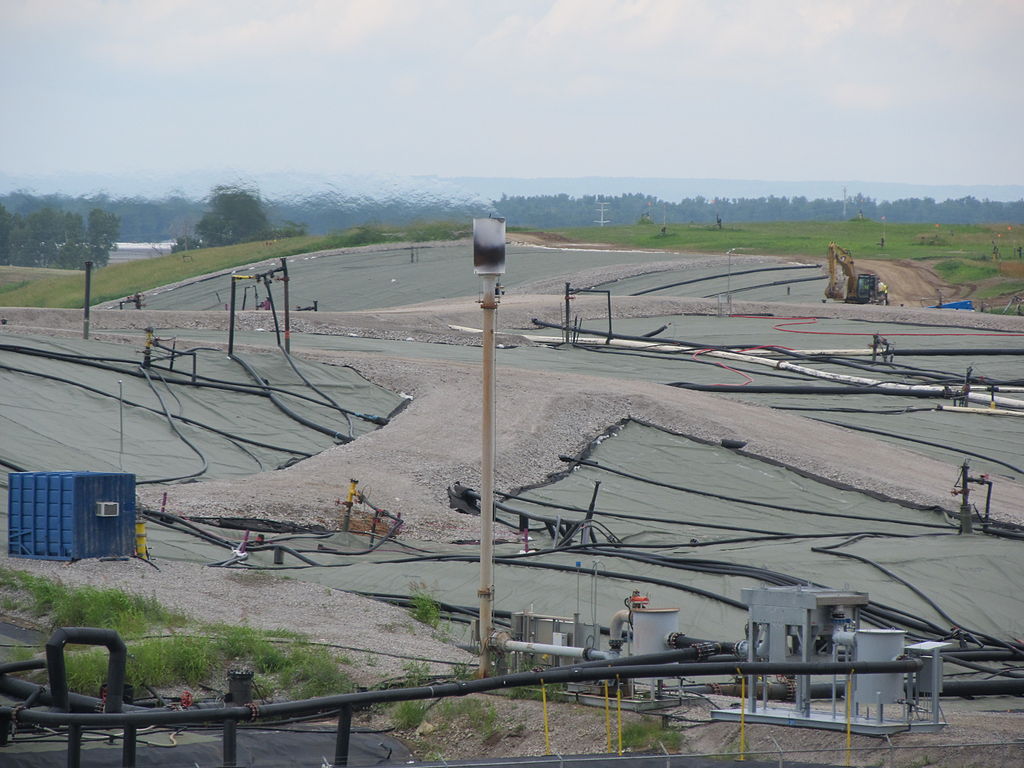News
Technologies for Removing Oxygen from RNG

Oxygen Removal from Natural Gas
Natural gas utilities often set stringent limits for oxygen in renewable natural gas that is injected into their natural gas pipeline network. Since high oxygen levels can promote corrosion of the pipeline infrastructure, utilities tend to set the maximum allowable limit at 0.2%, or even as low as 2 ppm. The SAE recommended standard for compressed natural gas used as a vehicle fuel (SAE J1616) has no limit on the oxygen content, as the water vapor content must be low. California Air Resources Board requires that compressed natural gas used in commercial applications must have a maximum oxygen limit of 1%. While it may be feasible to reduce oxygen levels in landfill gas to meet these requirements by improving and tuning the wellfield LFG collection system, oxygen removal systems tend to be required when LFG is going to be injected into a natural gas pipeline network.Oxygen Removal Technologies
A stand-alone oxygen removal system uses a catalytic reactor to remove oxygen from the natural gas, and are usually incorporated as the final step in the landfill gas purification process. During the oxygen removal process, the gas is heated before being passed over the catalyst bed, where a chemical reaction between the oxygen and methane content causes the oxygen to form carbon dioxide and water. When the biogas exits the reactor it consequently has a high moisture content and needs to be dehydrated, which is typically achieved through a temperature swing adsorption (TSA) process or a desiccant dryer. Landfill gas purification systems that incorporate membrane separators and pressure swing adsorption (PSA) technologies will remove some, if not all, of the oxygen, so this needs to be taken into account when designing an appropriate sized oxygen removal system.
Viability of Oxygen Removal
Since incorporating an oxygen removal system can increase the capital outlay and running costs of a project, oxygen removal systems are often unviable for LFG projects with a flow rate of less than 1,000 standard cubic feet per minute (scfm). The operating cost associated with heating the biogas and removing the moisture also needs to be taken into account when preparing financial budgets for the project. One also needs to bear in mind that an oxygen removal system may reduce methane capture efficiency and add carbon dioxide to the biogas stream.
Featured Image by Kqueirolomce / CC BY-SA

